Ideal for cars, trucks, commercial and construction equipment, homes and offices, wherever it is needed.
Why use AirZing
The global pandemic has made everyone aware of the importance of good and necessary hygiene. Osram has developed the AirZingTM mini air purifier to meet this ubiquitous need that affects us all. Using OSRAM's extensive UV knowledge combined with photonic competence, OSRAM has developed the AirZingTM mini air purifier to kill bacteria and viruses and purify the air in car interiors. Vehicle cabins, whether cars, vans or trucks, require special attention. Cleaning the air inside your car makes the air fresher and cleaner. Air purification with the OSRAM AirZing™ mini air purifier eliminates harmful and unpleasant odors and, in particular, removes bacteria and viruses. AirZing Mini is flexible and versatile, it can also be used at home, in the office and wherever you need it. In a world where hygiene and cleanliness are of particular importance, the OSRAM AirZing Mini is an additional tool that will help you get fresher, cleaner air. For your family, your friends, colleagues, yourself and everyone around you.
How does it works
The combination and interaction of these two components: UVA LEDs with a wavelength of 360–380 nm, which convert and release so much energy that the TiO2 filter is activated, causes a photocatalytic reaction inside the OSRAM AirZingTM mini air purifier. Air, including viruses, bacteria and other contaminants, inside the vehicle is sucked in and passed through the AirZing MiniTM. Inside the AirZing MiniTM, the air encounters ultraviolet UVA light hitting the TiO2 filter, which causes a photocatalytic reaction, i.e. the cell membrane of the virus and bacteria is destroyed (the organism dies), and the purified air exits the AirZing MiniTM at the end of the process. OSRAM AirZing MiniTM does NOT use UV radiation. UVC is the highest energy form of UV radiation with a wavelength of 100–280 nm, meaning direct exposure to UV radiation can cause various harmful effects in the eyes and skin, for example, UV-C radiation can damage the superficial tissues of the eye .


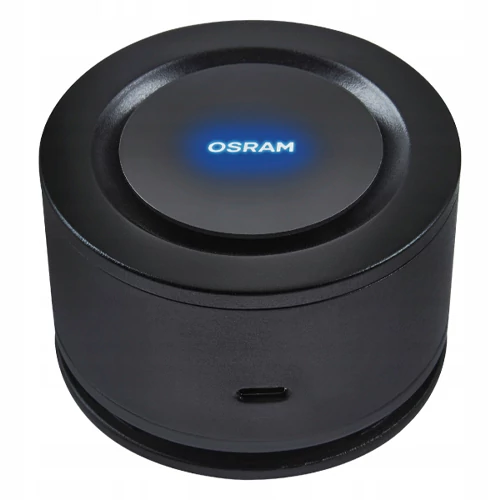

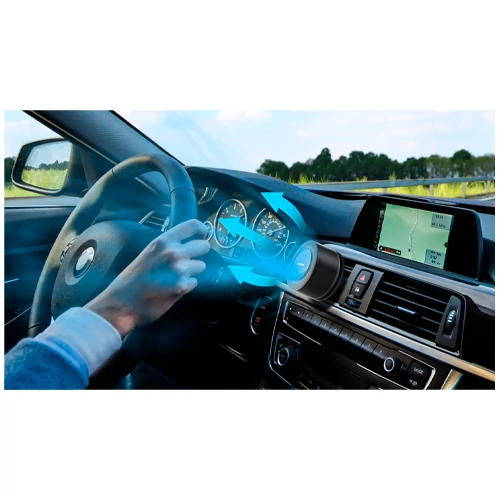
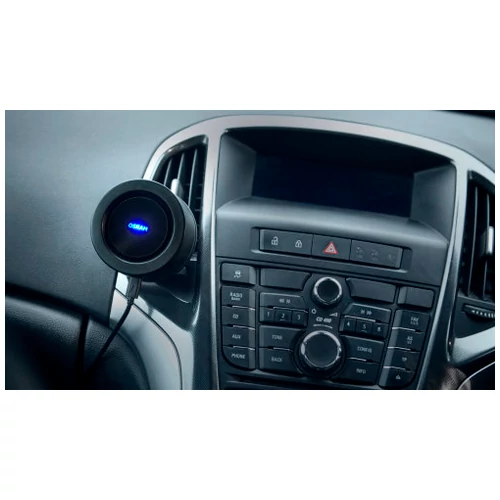
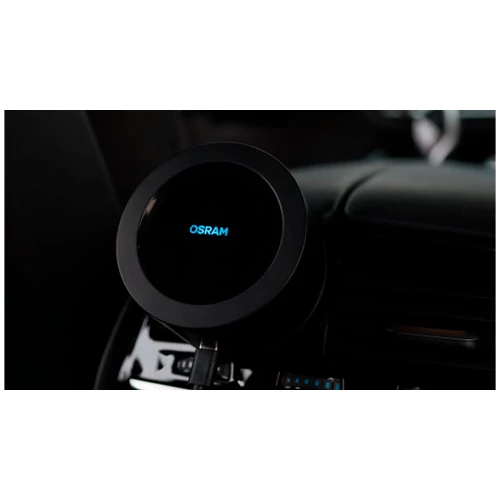

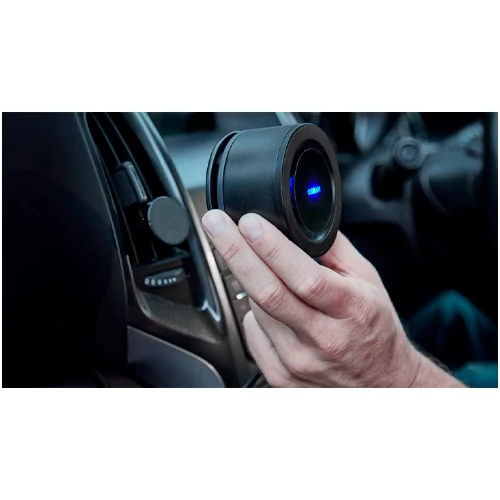
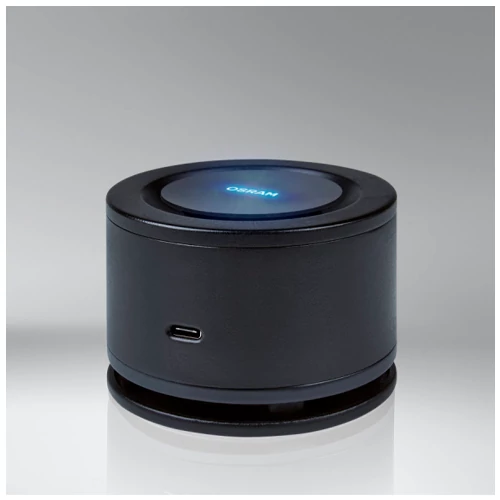
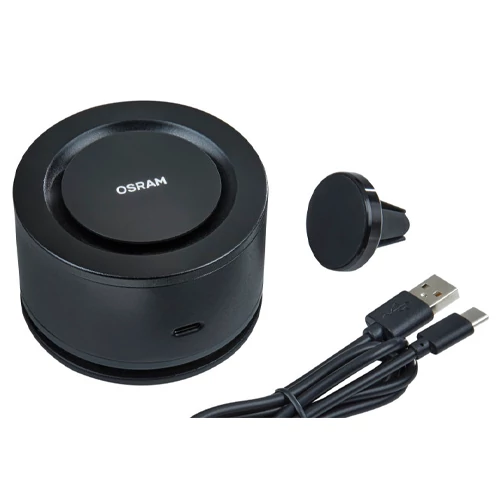
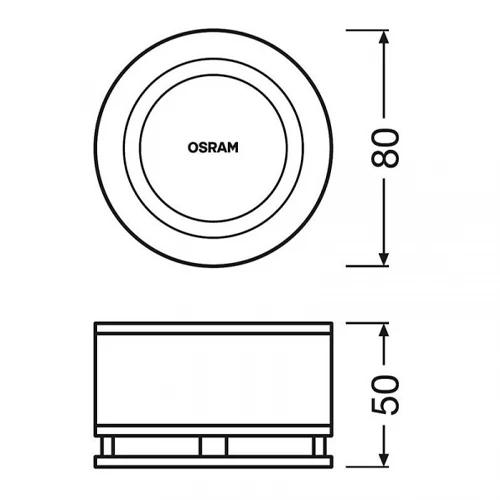
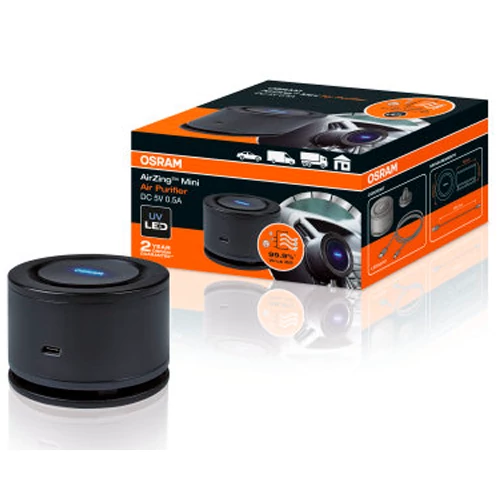
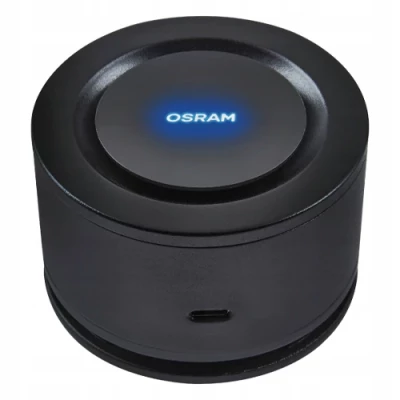

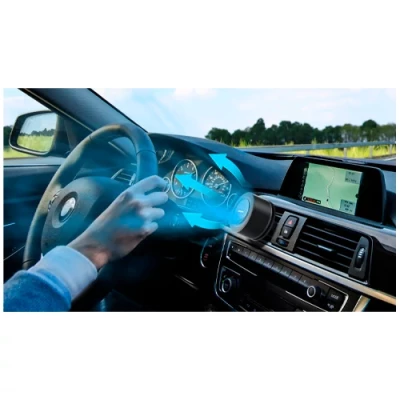
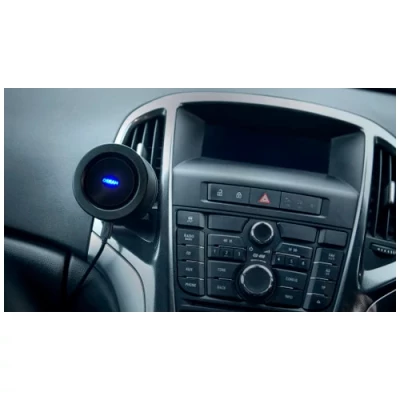
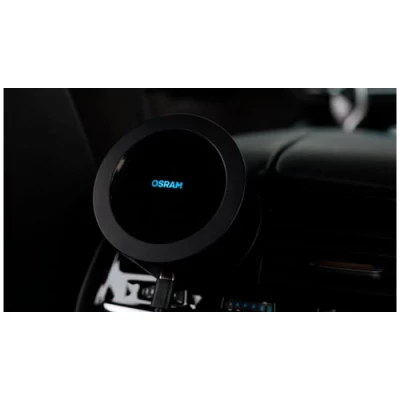

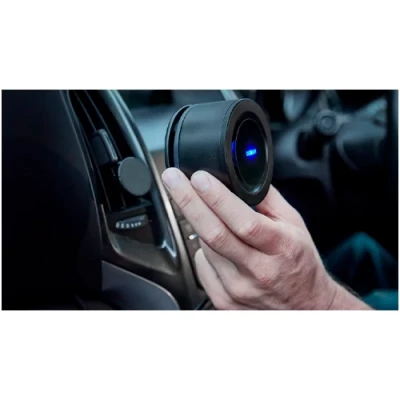
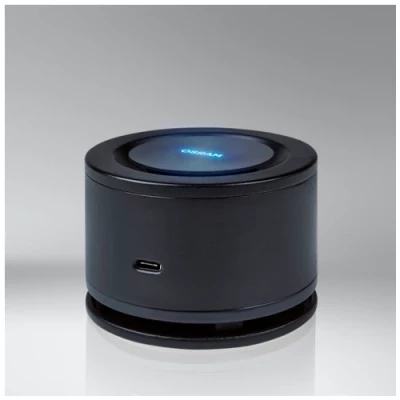
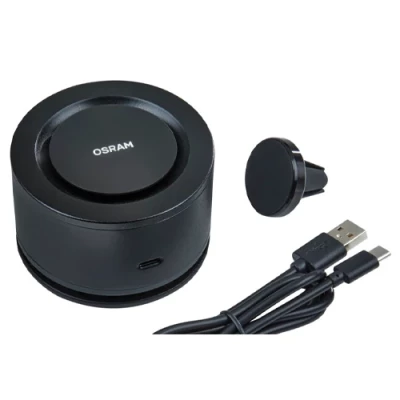
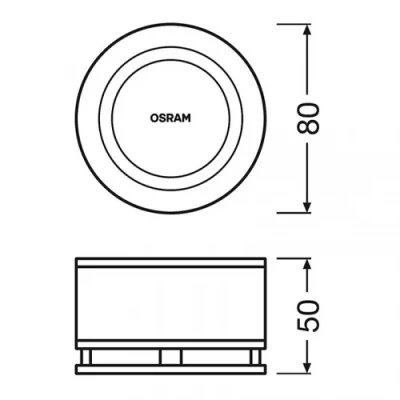
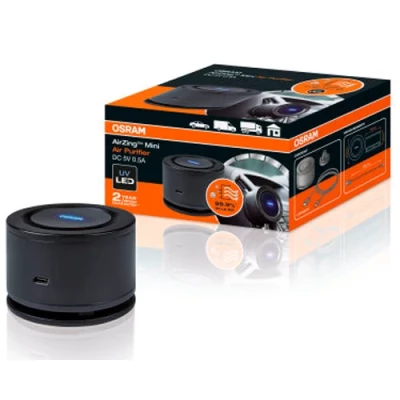
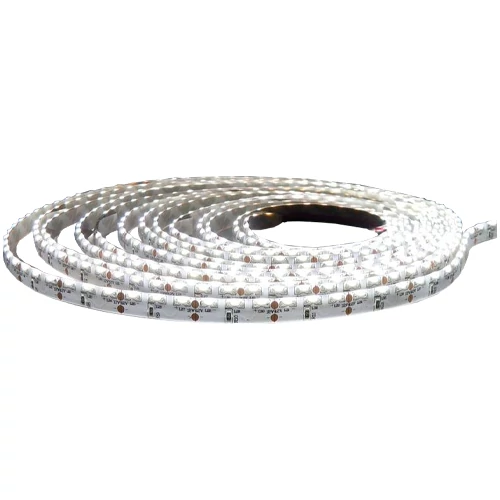
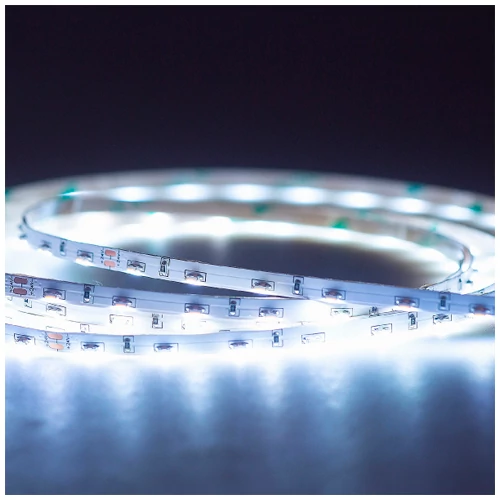
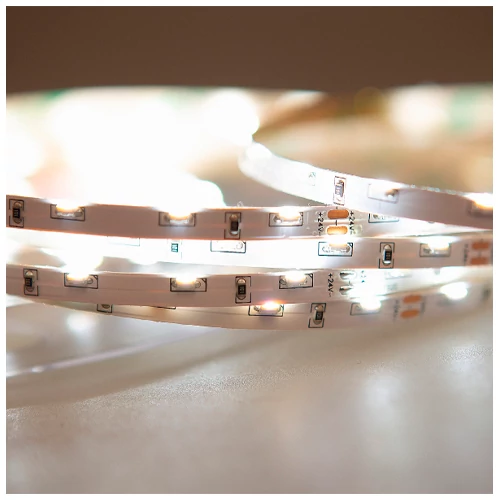
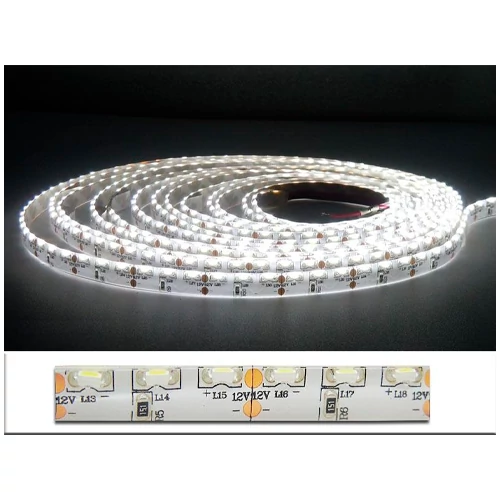
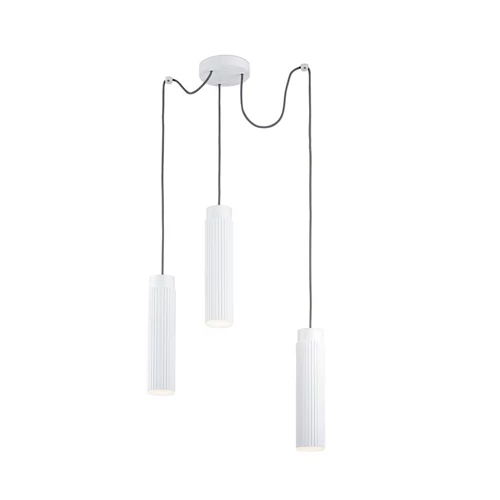
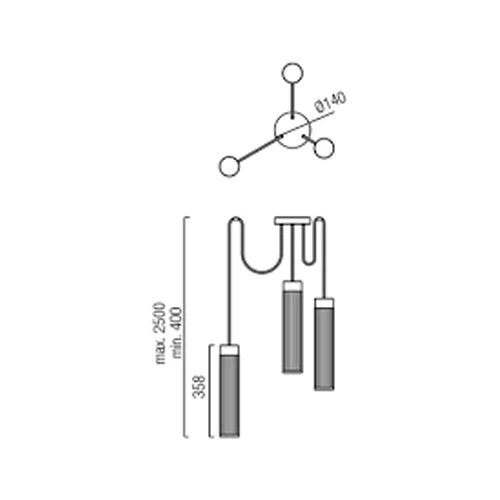
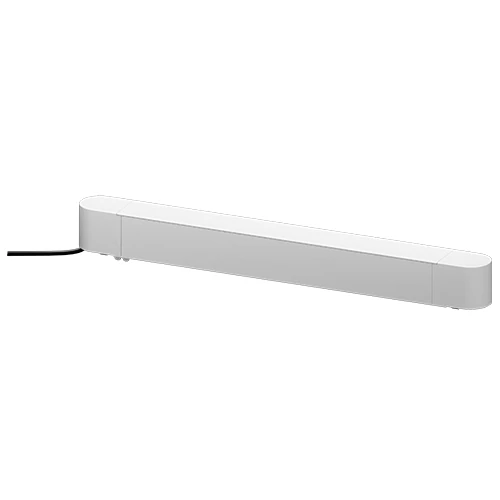
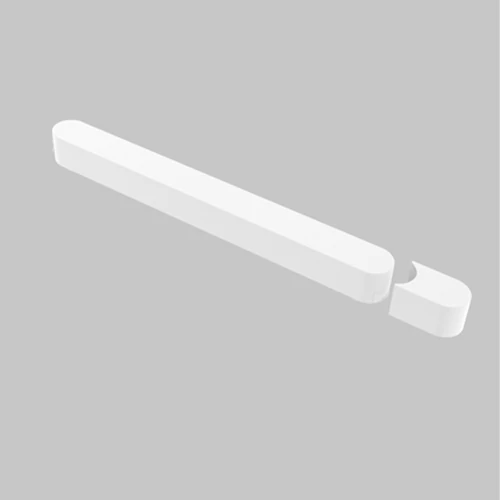
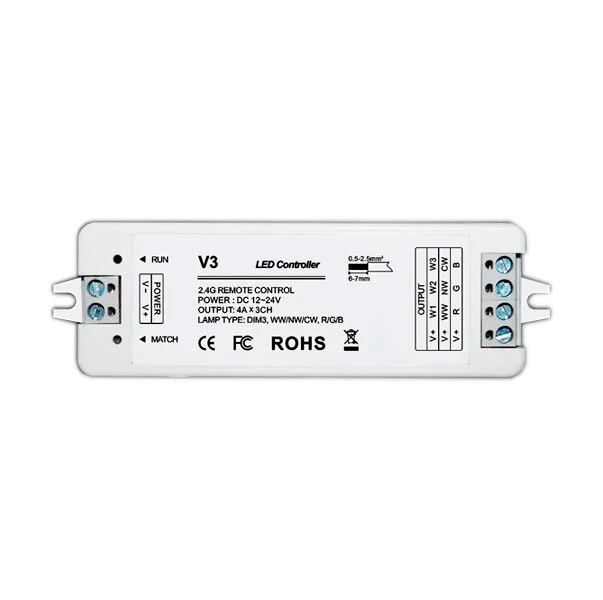
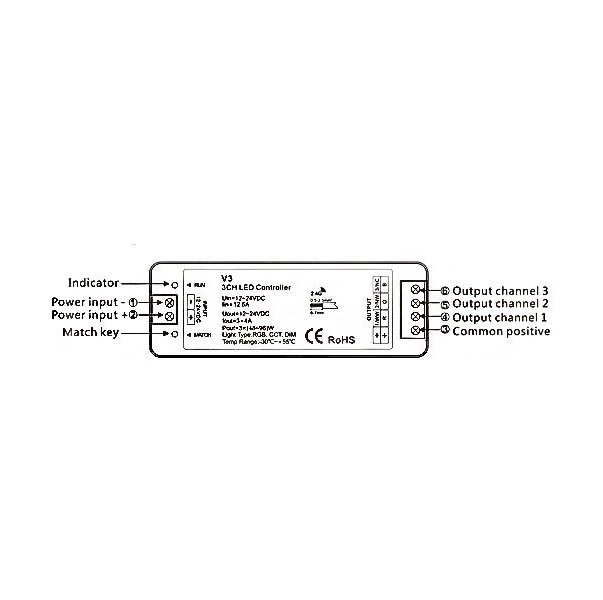
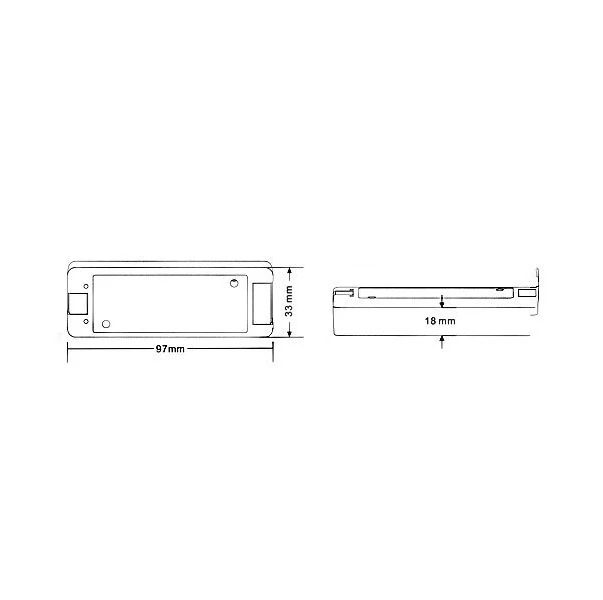
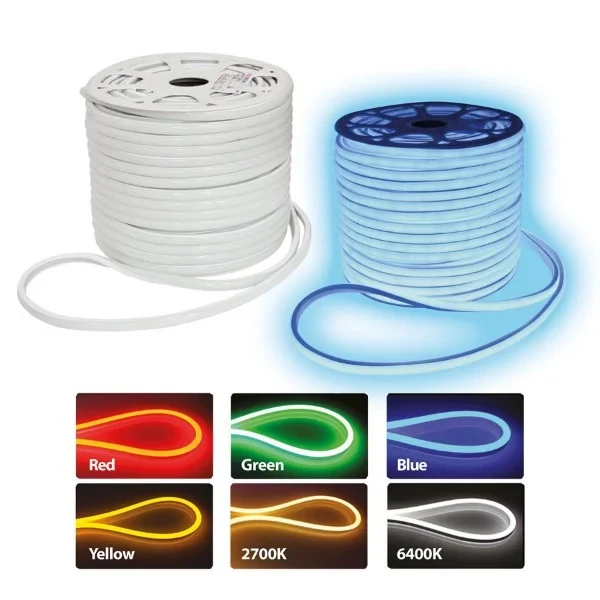
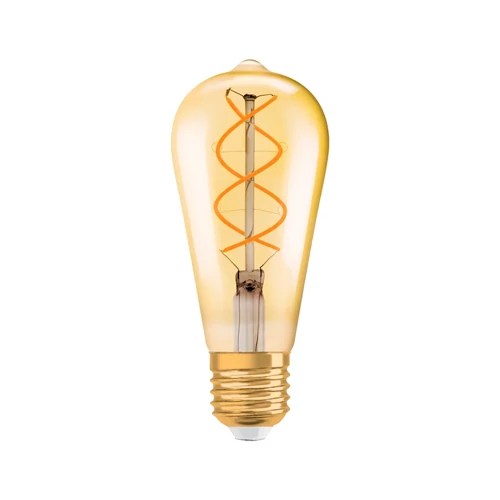
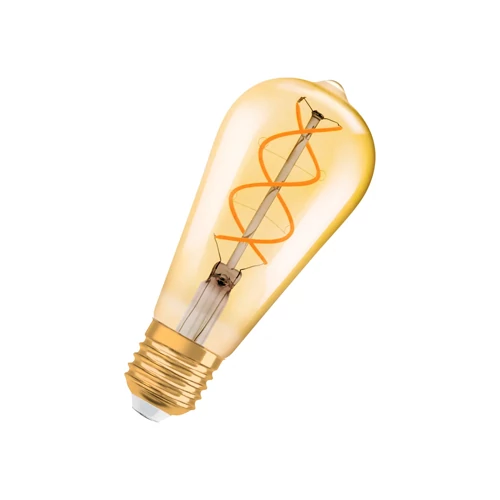

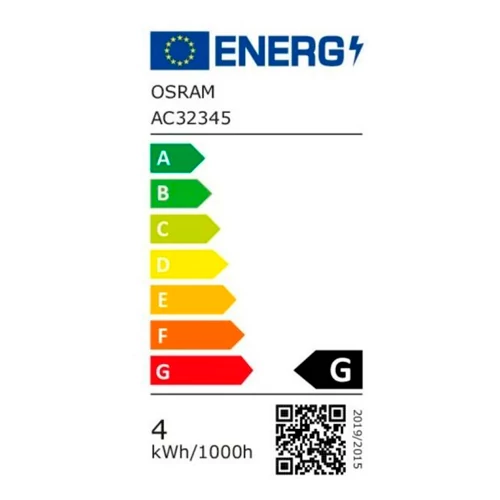
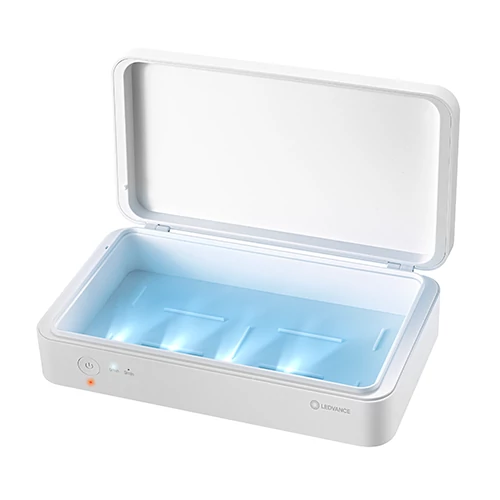
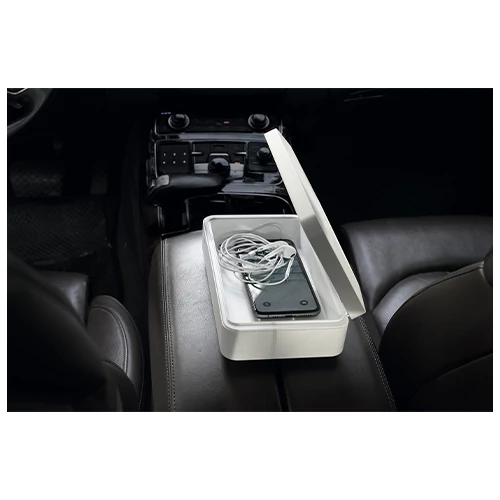





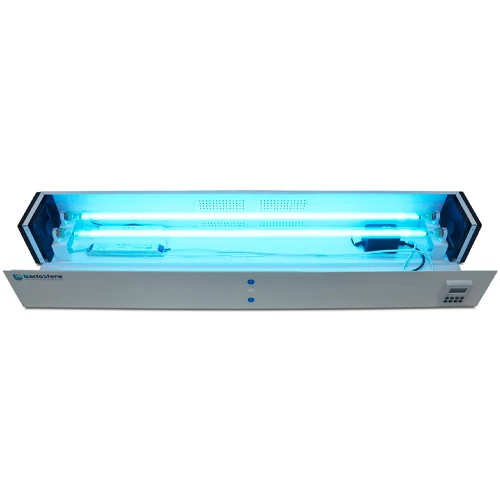


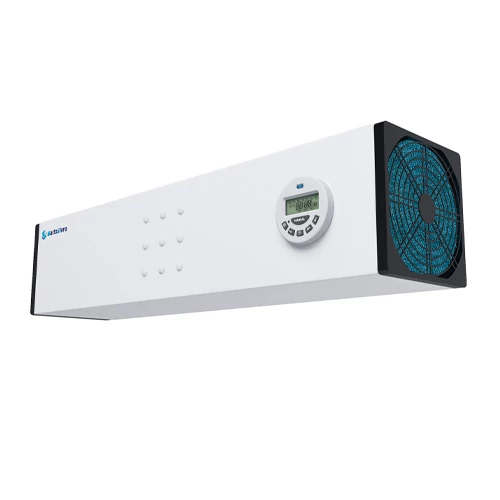
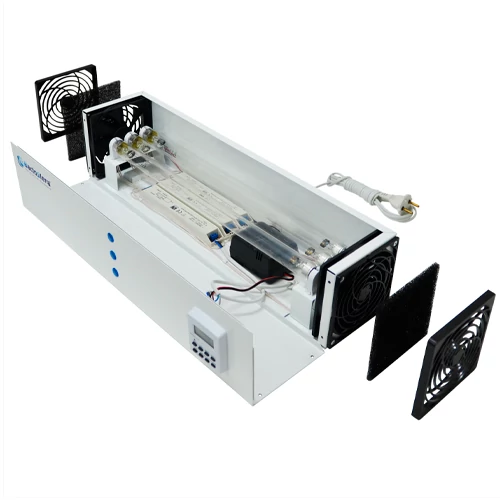
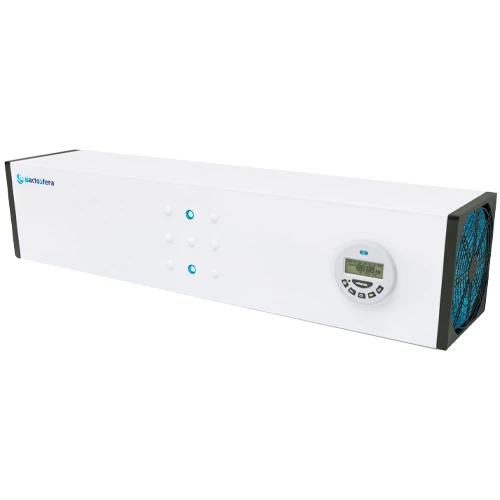

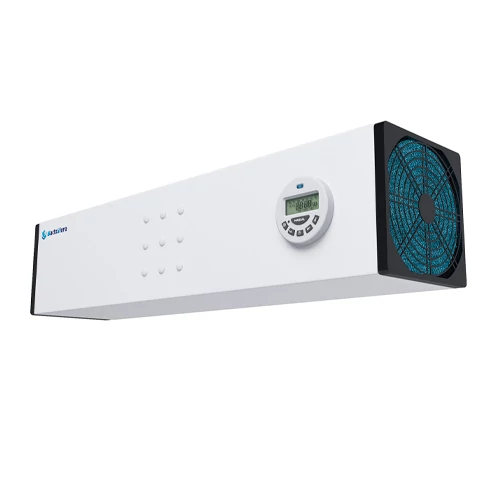
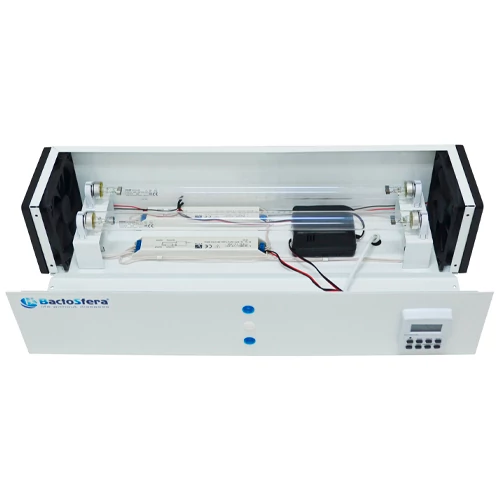




 Facebook
Facebook  Instagram
Instagram  YouTube
YouTube  TikTok
TikTok